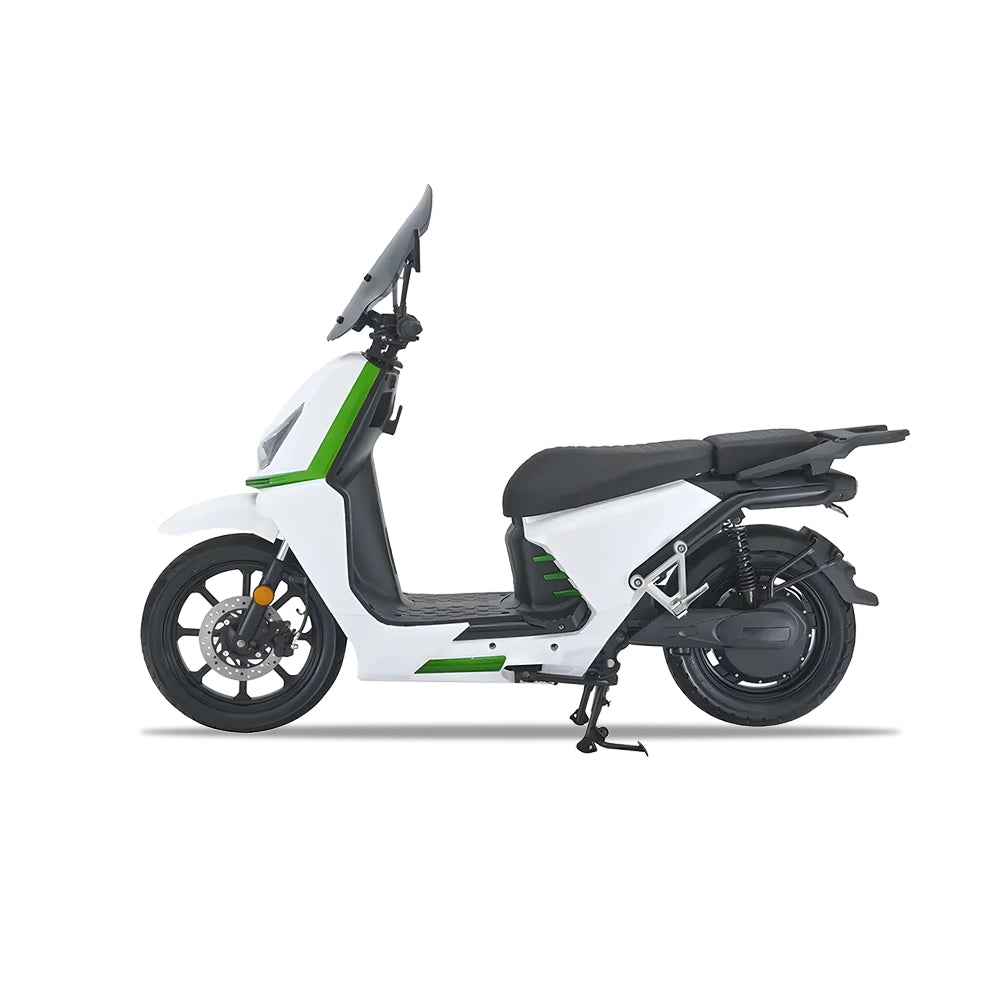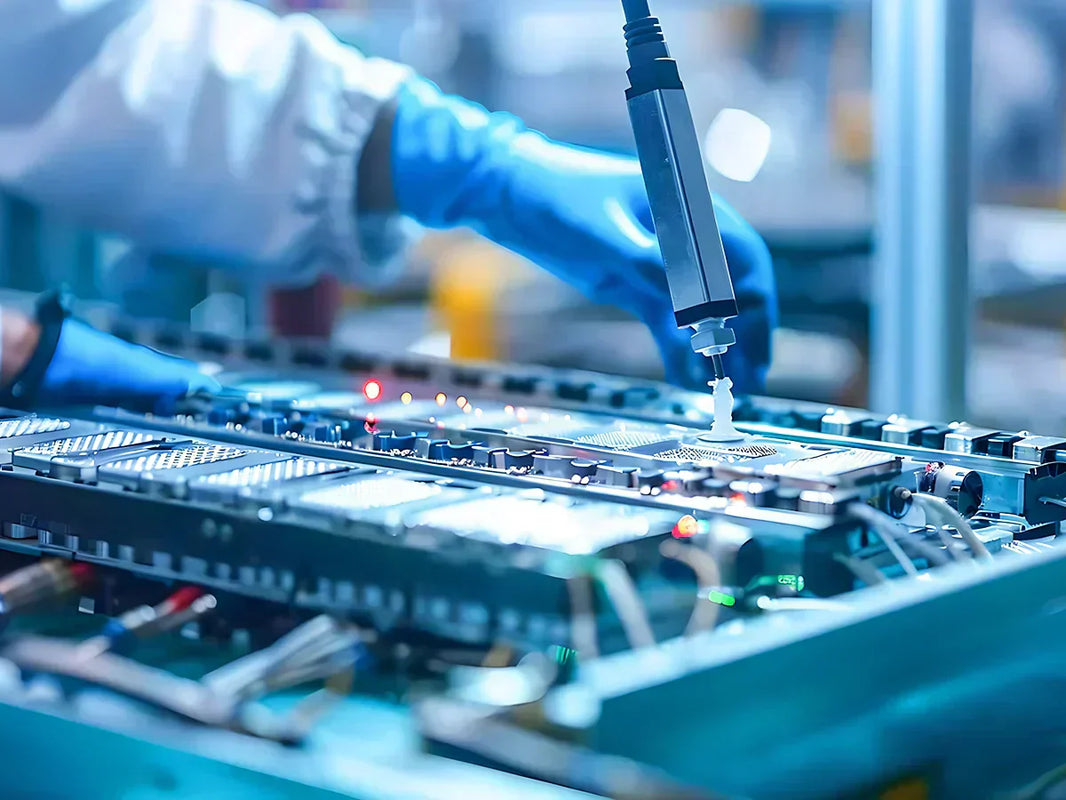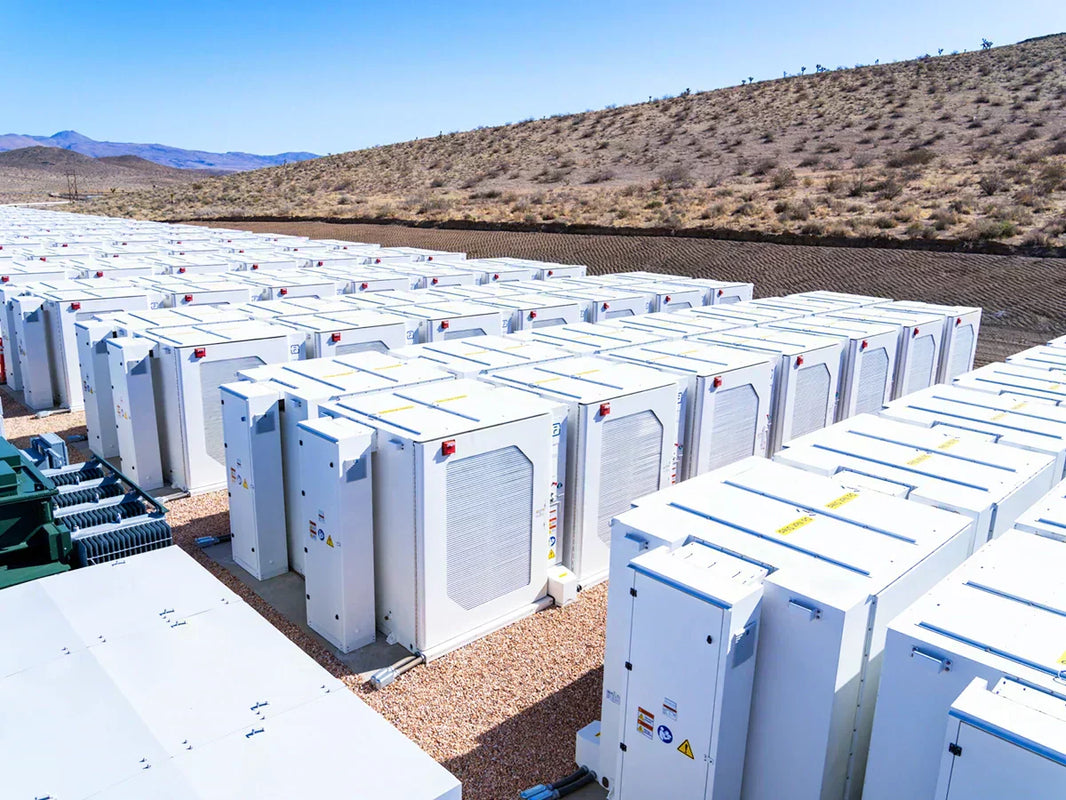
FREE SHIPPING
Free shipping on all US order or order above $100
SUPPORT 24/7
Contact us 24 hours a day, 7 days a week
30 DAYS RETURN
Simply return it within 30 days for an exchange.
100% PAYMENT SECURE
We ensure secure payment with PEV
Custom CPX 72V 4000W Electric Scooter for Adults with Long Range
Read more
TYCORUN 72V 4000W electric scooter supports battery swapping technology. The scooter is equipped with TFT display, which enables you to check the battery status in real time. Using 4000W brushless motor, TYCORUN-CPX 72V 4000W electric scooter provides a maximum speed of 90km/h.
You may also like
- Choosing a selection results in a full page refresh.





















